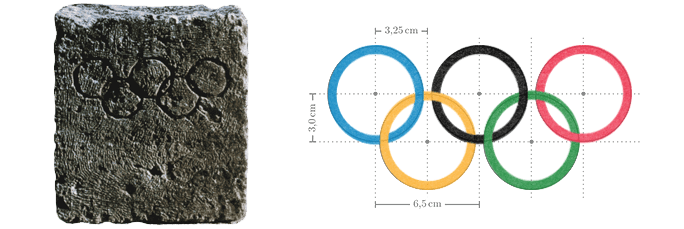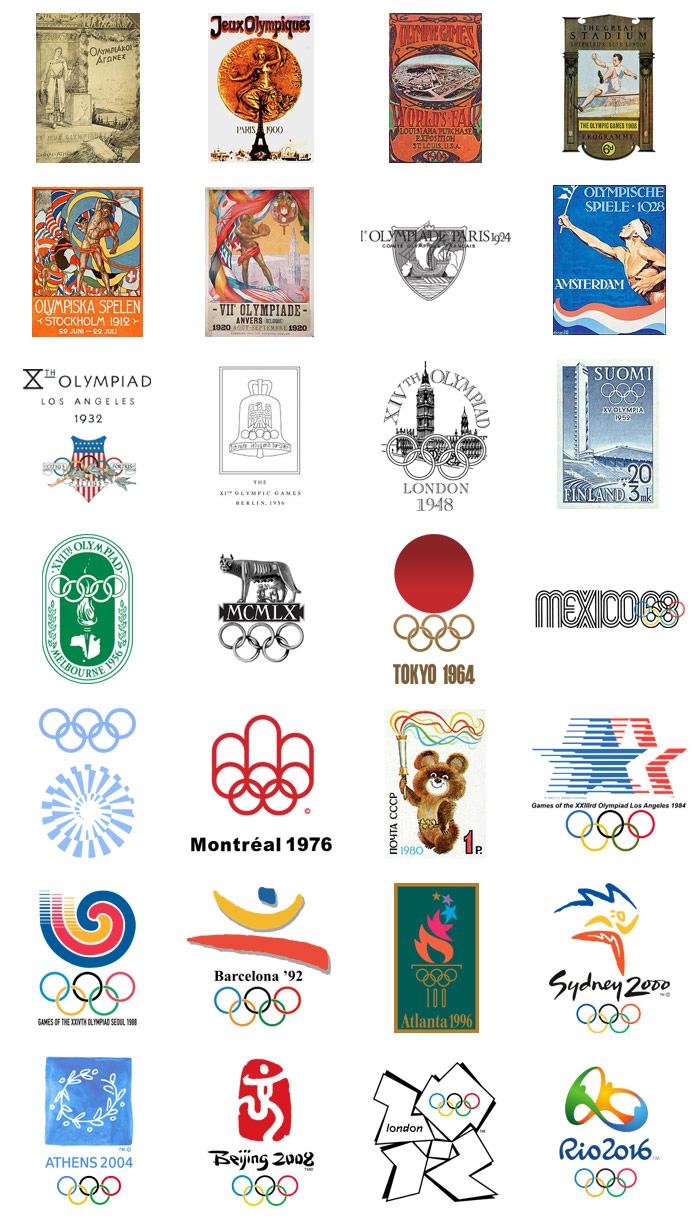The Olympic Games have a long and diverse brand history. One that reflects both cultural influences from the cities where they were held as well as stylistic influences of time periods in which they took place.
To better understand the finer details of the brands that have represented them, we must first look at the very origins of the games. The very first Olympic Games began in Greece in 776 BC. They were introduced as a series of athletic competitions among representatives of city-states, and continued when Greece came under Roman rule, lasting until in 394 AD. The core premise behind our modern Olympic Games as we know them today, remains very much the same as it did centuries ago, just on a broader scale.

In 1864 Pierre de Coubertin, a French educator and historian who believed strongly in the role of physical education in schools, proposed bringing back the ancient competitions. Two years later in 1896, The Olympic Games were re-introduced world. With the overwhelming success of the event, Pierre went on to establish the International Olympic Committee, specifically tasked with organizing the games.
Since then, they have grown dramatically and are now considered to be the world’s foremost sports competition. But even more compelling than the games is the fact that the events attract more than 200 nations across the globe, making it the single largest multi-cultural sports gathering in the world. It is a place where all countries, despite differences that exist between them, can come together for a short time and celebrate athletics in the spirit of unity.

The official brand mark of the Olympics reflects this idea of unity. The interlocking rings are meant to represent the five different areas of the world that are involved in the games. North and South America are considered one area, along with Africa, Australia, Asia and Europe. Although there has been controversy over whether the symbolic rings have ancient origins, we do know that they first appeared publicly in the 1928 Winter Games in Saint Moritz, Switzerland and from that point on they have become synonymous with The Olympic Games. Strict brand standards dictated by International Olympic Committee define usage of the mark to ensure consistency over time.

The brand of each individual Olympic Games has always been a cultural reflection of the of the locations in which they are held. It is both a great honor and immense responsibility for those countries and cities who have been chosen to host greatest althetic games on earth but it gives them an opportunity to share their traditions and culture with others in a thematic and artistic fashion. And the trends of the time periods are also apparent, not so much dominating but influencing the graphic treatments, giving them unique time stamps. These collective attributes make each years Olympic brand unique and timeless. Above are a collection of the graphic treatments used to represent the Olympic Games brand over the years. They can only be described unique, vibrant and truly inspiring.
1





Comment